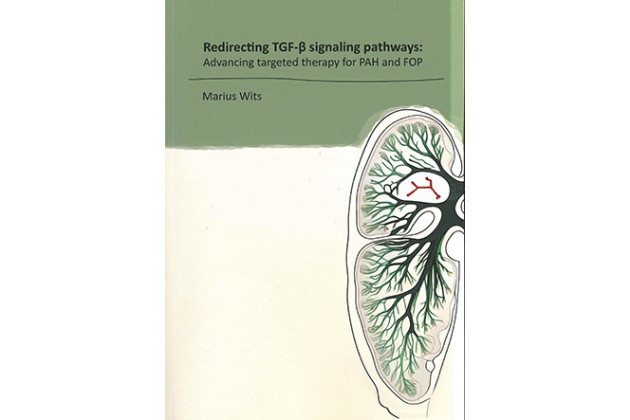Organization of the bacterial DNA replication machinery
Faithful replication of genomic DNA is essential to all forms of life. To ensure that two complete copies are generated, the two strand of the DNA helix are replicated simultaneously. However, the opposite polarity of the two strands complicates this as one strand is synthesized in a continuous manner, while the other strand is synthesized discontinuously. To achieve the simultaneous synthesis of both strands, DNA replication is performed by a large multi-protein complex termed the replisome. The different proteins in this complex catalyze many different reactions, such as DNA unwinding, RNA primer synthesis, clamp loading, SSB loading, DNA synthesis and error removal. In the model organism Escherichia coli, the roles of individual proteins have been identified, but it still remains unclear how the different proteins come together and collaborate. To better understand how the proteins bind and activate one another, we study DNA replication in E. coli by structural, biochemical, and single molecule light microscopy approaches.
DNA replication in Mycobacterium tuberculosis
Tuberculosis (TB) remains one of the world's largest killer with and estimated 1.5 million people dying from TB each year. The burden of TB is further enhanced by the frequent occurrence of drug resistant strains in TB patients. Drug resistance in TB is caused by point mutations in the genome. However, little is known about the mechanism and fidelity of genome replication in Mycobacterium tuberculosis (Mtb). Moreover, mycobacteria do not have DNA mismatch repair, a quality control mechanism that removes any mis-incorporated nucleotides after DNA replication. This suggest that mycobacteria may developed alternative ways to keep the mutation rate low. We therefore study DNA replication to better understand how the mutation rate in Mtb is controlled and find ways to prevent the drug resistance in TB.
Translesion DNA synthesis
The genome of a cell is continuously exposed to different compounds and types of radiation that can alter the chemical composition of the DNA. In response, the cell has developed different types of DNA repair mechanisms that can remove the lesion. When the lesion is not removed before replication is initiated, it can result in a block of the replication machinery that can ultimately lead to cell death. To bypass these blocks, specialized translesion synthesis (TLS) DNA polymerases are recruited to the site of the lesion. The TLS polymerases are capable of DNA synthesis over the damaged DNA, after which the replicative DNA polymerase can continue normal DNA synthesis. These TLS polymerases are generally error prone and have been implicated in drug resistance in bacteria and in different forms of cancer in humans. We study the interaction between the DNA replication machinery and the translesion synthesis DNA polymerases by structural, biochemical, and single molecule light microscopy approaches.


